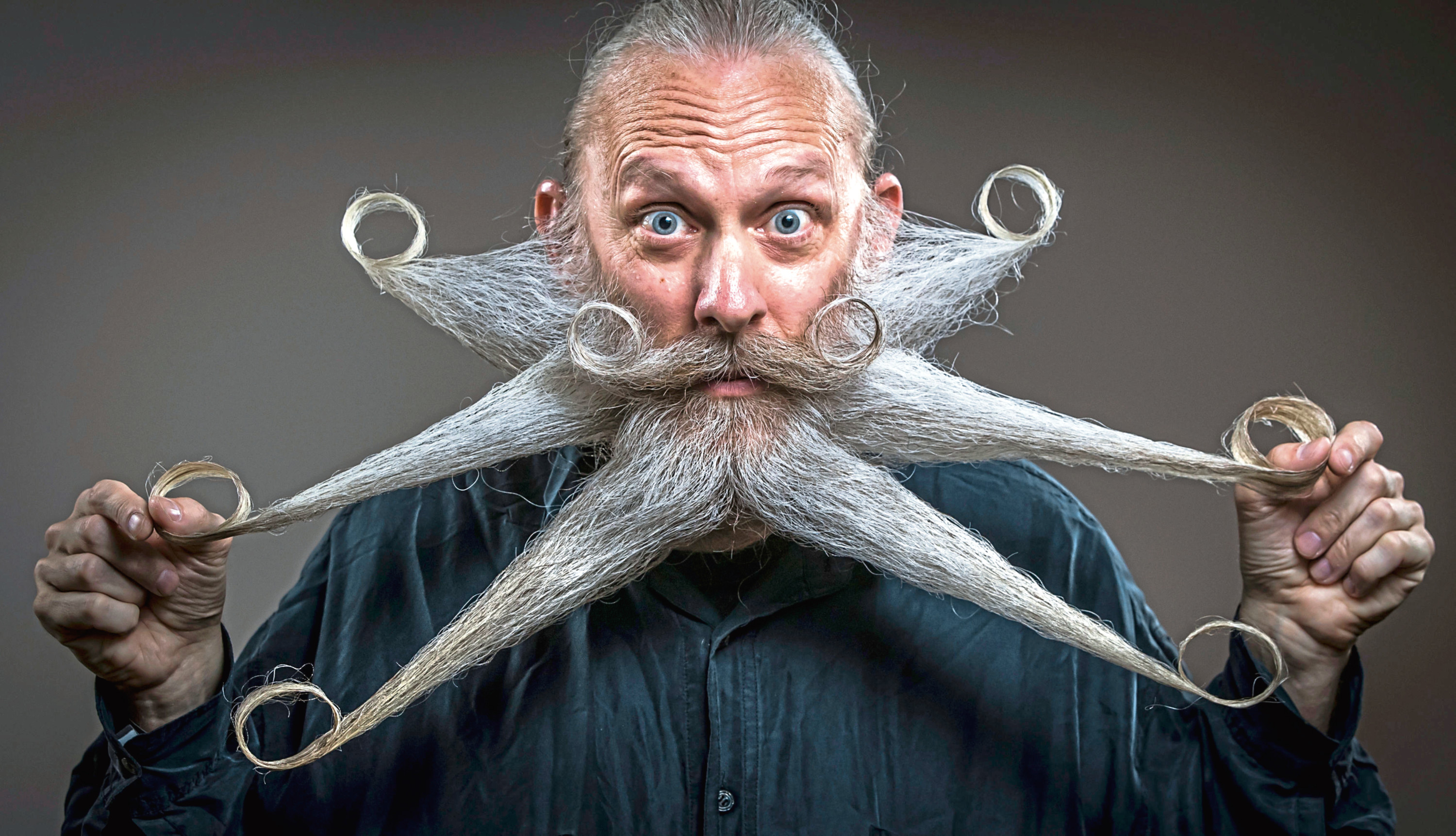
MEN donned fake sideburns to join in with a 19th-Century craze for extravagant whiskers, a historian has discovered.
The trendsetters were so keen to take part in this new fad in the early 1800s that they were prepared to suffer ridicule and abuse.
The fashion was so popular, it was reported that even women were drawing on false whiskers.
Historian Dr Alun Withey, who made the discovery, said: “Whiskers quickly became an essential accoutrement to any young man – or young buck, as they were described – with social pretensions.
“By 1812 the trend was apparently in full flow, and certainly appears to have been popular in London.”
One correspondent to the Tradesman, or Commercial Magazine, in July that year professed astonishment at the “spreading proportion of hair on the human face”, describing it as nothing less than a “whiskered mania”.
The new trend quickly spurred a market for various lotions and potions.
Products such as “Russia Oil” claimed to make hair “grow thick and long, even in bald places, whiskers, eyebrows”.
In 1807 perfumer John Chasson, of Cornhill, London, advertised his “Incomparable Fluid”, for changing hair, whiskers and eyebrows from grey or red to “beautiful and natural shades of brown and black”.
By 1815, the number of such preparations had proliferated.
Not only this, false whiskers could even be added to wigs.
In 1802 London “peruke-maker” Robinson, of Portman Square, began to advertise his wigs, which were available “with or without whiskers”.
Women were not left out.
Several fashion journals, such as the popular Le Belle Epoque, reported a trend for ladies to train their locks down the sides of their faces “in imitation of whiskers”.
Another advertisement by Chasson suggested that some women took to using pencils to draw whiskers on their cheeks.
The “Tricosian Fluid” was advertised as being useful for women who wanted to dye their eyebrows and whiskers.
Dr Withey, from the University of Exeter, said: “Whiskers were part of the recognised ‘uniform’ of the dandy, the young metropolitan elite.
“Like beards, those who sported them thought it added to their masculinity.
“But the variety of products on offer show that perhaps older men, and some women, wanted to join the trend.”
Just like the recent beard trend, whiskers divided opinion.
Lovers of facial hair were accused not only of having suspect political affiliations or being of dubious moral character but of appearing “monstrous”.
While some women did appear to embrace the fashion, others were not so sure.
In 1800, Lady Melesina Trench was unimpressed after seeing a French minister’s whiskers, noting in her diary they “contributed to the dinginess of his appearance”.
In 1811 Lady Sydney Owenson entreated her husband not to grow his whiskers too long, even including two caricatures of him with whiskers in the current style.
“Just as today’s hipsters are sometimes mocked for their extravagant beards, ‘whiskerandos’ of early 19th-Century England also faced ridicule,” Dr Withey added.
“But they carried on regardless, until the fashion slowly diminished in the 1820s.”

Enjoy the convenience of having The Sunday Post delivered as a digital ePaper straight to your smartphone, tablet or computer.
Subscribe for only £5.49 a month and enjoy all the benefits of the printed paper as a digital replica.
Subscribe